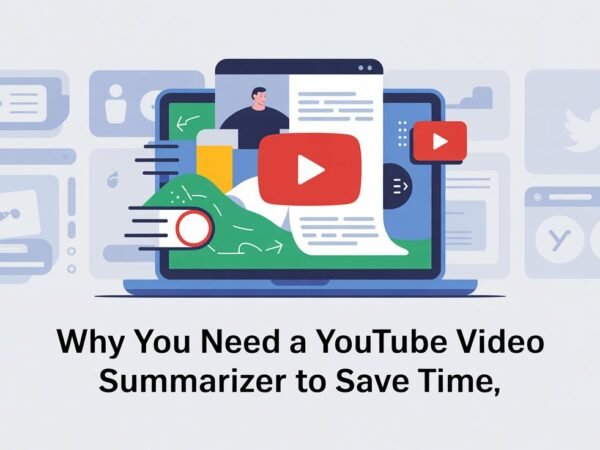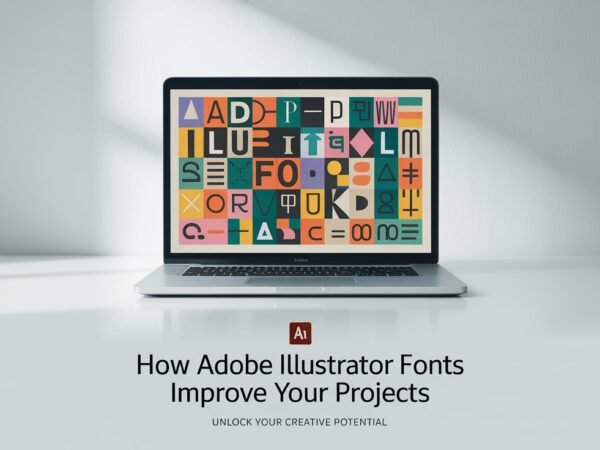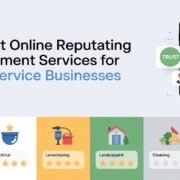Every great nonprofit website acts as a digital heartbeat, connecting purpose with people and transforming online visitors into passionate supporters. 52% of nonprofit website traffic comes from mobile devices, highlighting the importance of mobile optimization.
This platform builds trust, sparks emotion, and invites action. When crafted thoughtfully, a nonprofit website inspires, drawing people into your mission and turning interest into impact.
This blog covers the core elements that make a nonprofit website look good and drive real change, creating an engaging, welcoming space where every click counts.
Table of Contents
ToggleClear and Impactful Mission Statement
Your nonprofit’s purpose should be the main focus of your website since it is its essence. Visitors should instantly understand what drives your organization and feel compelled to learn more.
Placement and Visibility: Position the mission statement prominently on the homepage to make it the first thing visitors notice.
Concise and Powerful Wording: Craft a mission statement that’s direct yet emotionally resonant, instantly conveying your purpose and values.
Mission-Driven Imagery: Use powerful photos or videos of actual beneficiaries and volunteers to bring your mission to life and help visitors see the faces behind the cause.
User-Centered Navigation and Design
Creating a smooth and intuitive navigation experience makes it easy for users to explore your nonprofit website and engage meaningfully. By designing with the visitor in mind, you ensure every path is clear, purposeful, and supportive of your mission.
Intuitive Navigation Menu: Keep the menu simple and focused, with only the essential pages displayed to avoid overwhelming visitors. This streamlined approach allows people to quickly find what they’re looking for, whether it’s information about your mission, a donation page, or volunteer opportunities.
Mobile Optimization: Today, more visitors will view your nonprofit website from their phones than ever. Design with mobile users in mind to ensure they have a seamless experience. A mobile-responsive site adjusts smoothly to any screen, making it easy for visitors to stay engaged, no matter their device.
Accessible Design: Inclusivity should be at the heart of your website design. Ensure that your website follows accessibility standards with thoughtful features:
- Alt Text for Images: Describe images so that screen readers can interpret visuals for those with visual impairments.
- High-Contrast Colors: Use color combinations that stand out clearly, making text easy to read for everyone.
- Readable Fonts: Choose legible font sizes and styles, aiming for a minimum 16px font size to enhance readability for all users.
Engaging and Authentic Storytelling
Stories are the beating heart of your nonprofit websites. They turn visitors into believers, supporters, and advocates, offering a window into your organization’s impact.
Personal Stories of Impact: Highlight real lives transformed by your efforts. Sharing individual stories lets visitors see the human side of your mission, making your cause relatable and personal. Whether it’s a family given support during a crisis or a community gaining new resources, these stories show the difference your nonprofit is making.
Visual Storytelling Elements: Words alone are powerful, but pairing them with visuals makes your story unforgettable. Use videos that capture emotions, photos that convey connection, and infographics that simplify complex results. These elements work together to create an immersive experience, helping visitors feel the depth of your impact.
Consistent Content Updates: Keep your supporters engaged by sharing new stories and blog posts regularly. Frequent updates show that your work is ongoing and your nonprofit’s story is evolving. This consistency keeps visitors coming back and strengthens their connection to your mission.
Compelling Call-to-Action (CTA) Buttons
Your CTAs are the gateways to action. They should be clear, easy to find, and perfectly aligned with what visitors are looking for. When done right, they make it effortless for users to support your mission. With well-placed, user-focused CTA buttons, the best nonprofit website invites visitors to go beyond learning and get involved. These buttons turn interest into action, helping to grow your community of supporters and amplifying the impact of your mission.
Clarity and Visibility: Place CTAs like “Donate,” “Volunteer,” and “Learn More” in prominent areas, such as the top navigation and key content sections. Use contrasting colors and straightforward language so visitors can spot and understand them instantly. Make it possible to take advantage of these critical options.
Aligned with User Intent: Think about where visitors are in their journey on your site and place CTAs that feel natural. For instance, a page about your nonprofit’s mission might feature a “Learn More” button. In contrast, a page sharing impact stories is perfect for a “Donate” or “Get Involved” button—guides users intuitively toward the action that best fits their interests.
Simple Donation Process: Make it as easy as possible to give. A seamless, quick donation process removes barriers, helping supporters act on their intention to contribute without hassle. Avoid overwhelming them with too many steps; the simpler, the better.
Trust-Building Elements
When people visit your nonprofit website, they want assurance that their support will be used responsibly and make a difference. Trust-building elements give them the confidence they need to become active supporters.
Transparency of Financial Information: Show donors you’re committed to accountability by sharing clear financial information: display annual statements, financial reports, and impact metrics on your site. When supporters see how funds are used, it reinforces their trust and solidifies their confidence in your organization.
Visible Social Proof: Credibility is critical, and nothing speaks louder than the words of those you’ve helped. Include testimonials from beneficiaries, success stories, and key metrics that show your impact. Partner logos and accreditations add extra layers of reliability, showing visitors they’re supporting a well-regarded, impactful cause.
Privacy and Security Assurances: Protecting supporters’ information is non-negotiable. Clearly outline your data protection practices and use SSL encryption for donations and personal details. When visitors see these security measures, they know they’re in a safe space where their contributions and personal data are protected.
Frequently Asked Questions
1. What features should a nonprofit website prioritize to improve user engagement?
A nonprofit website should prioritize intuitive navigation, engaging visuals, clear CTAs, and a simple donation process. It should also provide regular updates to keep visitors interested.
2. How can nonprofits increase their online donations through their website?
Nonprofits can increase online donations by using clear CTA buttons, showcasing impact stories, ensuring fund transparency, and simplifying the donation process.
3. Is it necessary for a nonprofit website to include financial transparency?
Financial transparency is essential for building trust and credibility and reassuring donors through annual reports, impact metrics, and testimonials.
Bottom Line
A well-designed website can be instrumental in compelling action and developing lasting relationships. An excellent nonprofit website gives equal attention to mission-driven design and thoughtful user-focused features, which help attract new supporters, deepen engagement, and amplify your work’s impact.
Each element—engaging visuals and transparent information—creates a digital experience that speaks directly to the heart and empowers users to become involved. A straightforward website allows nonprofits to expand outreach efforts, inspire a community of passionate activists, and communicate their mission in powerful, meaningful ways.
Also read interesting articles at Disboard.co.uk













